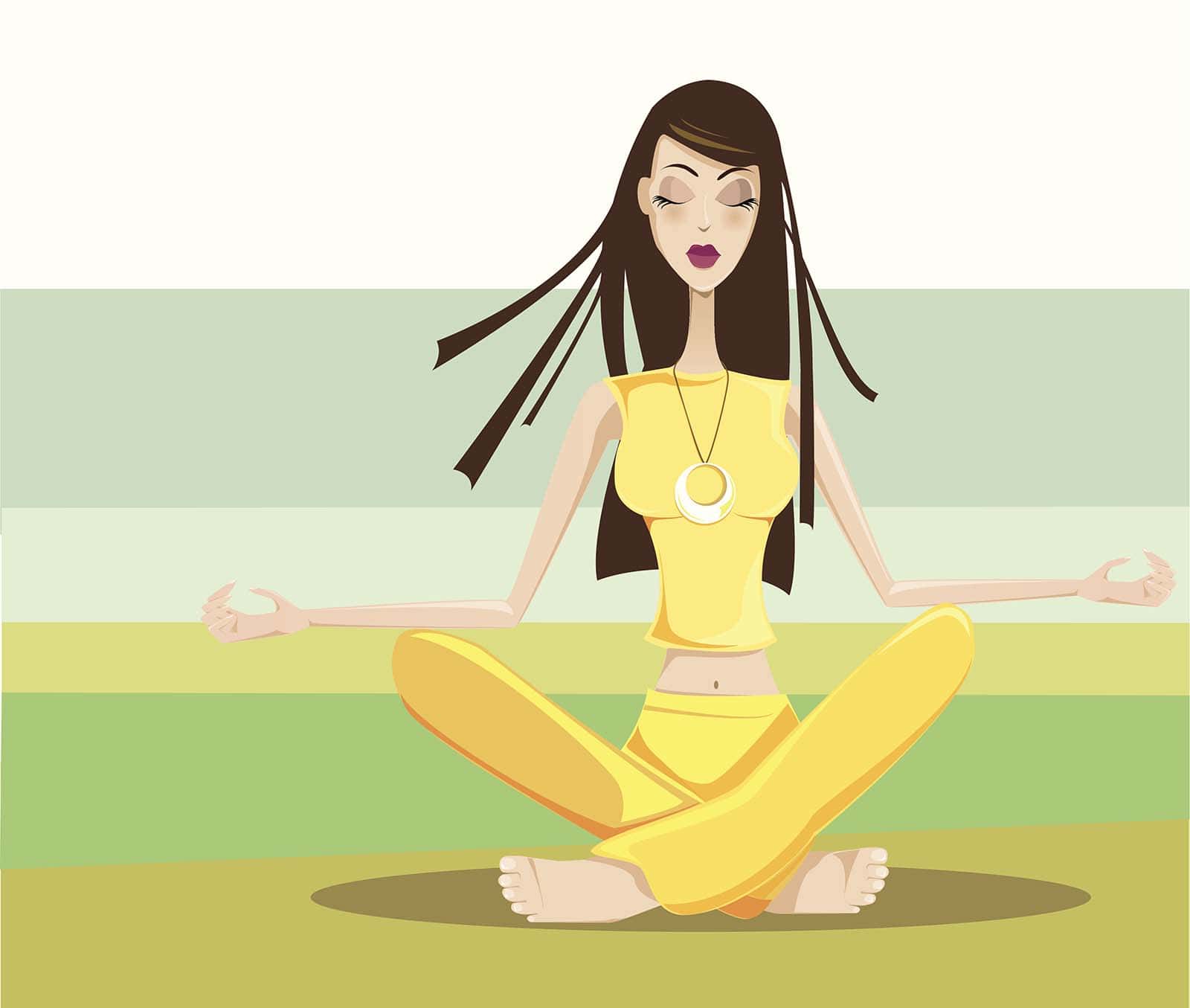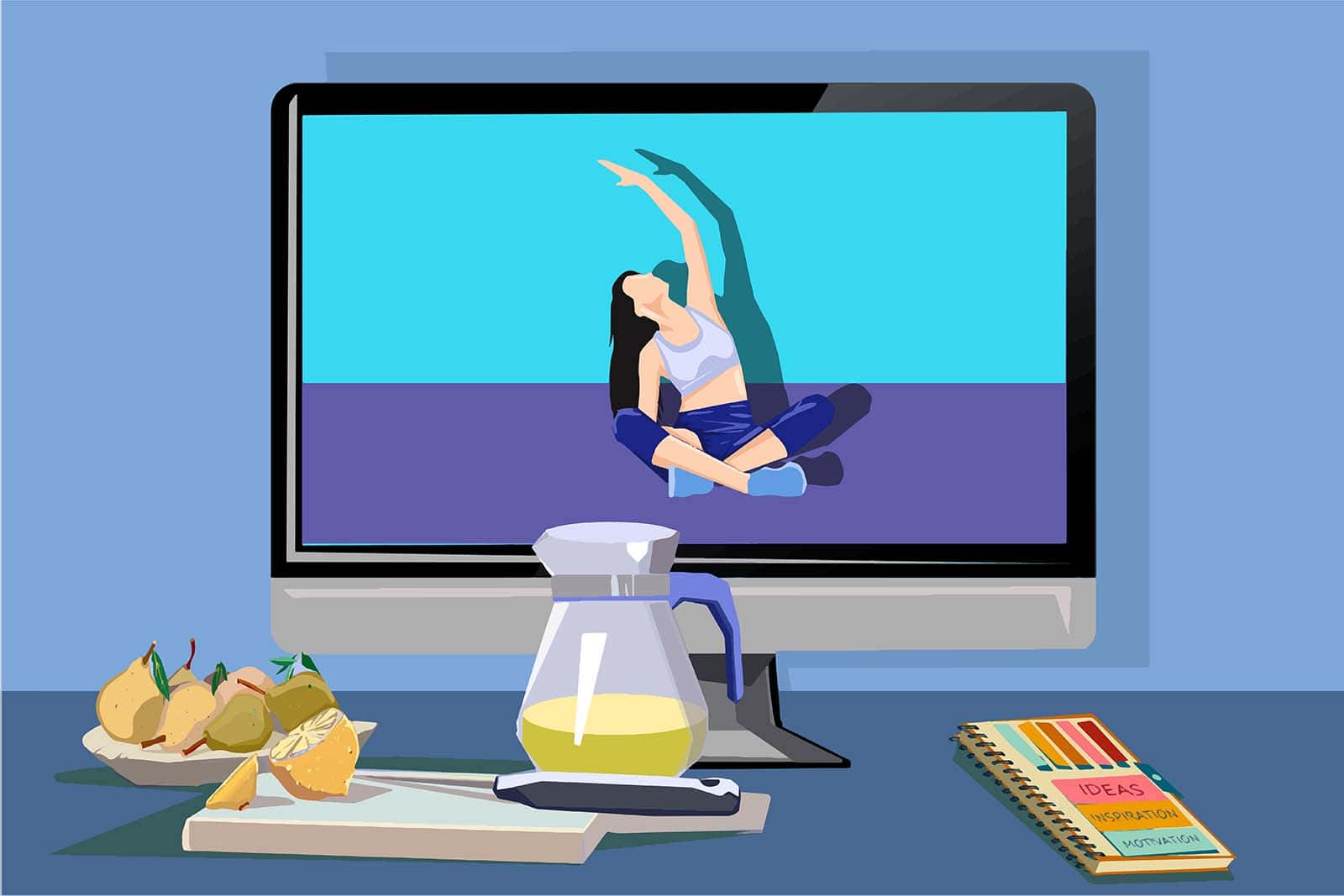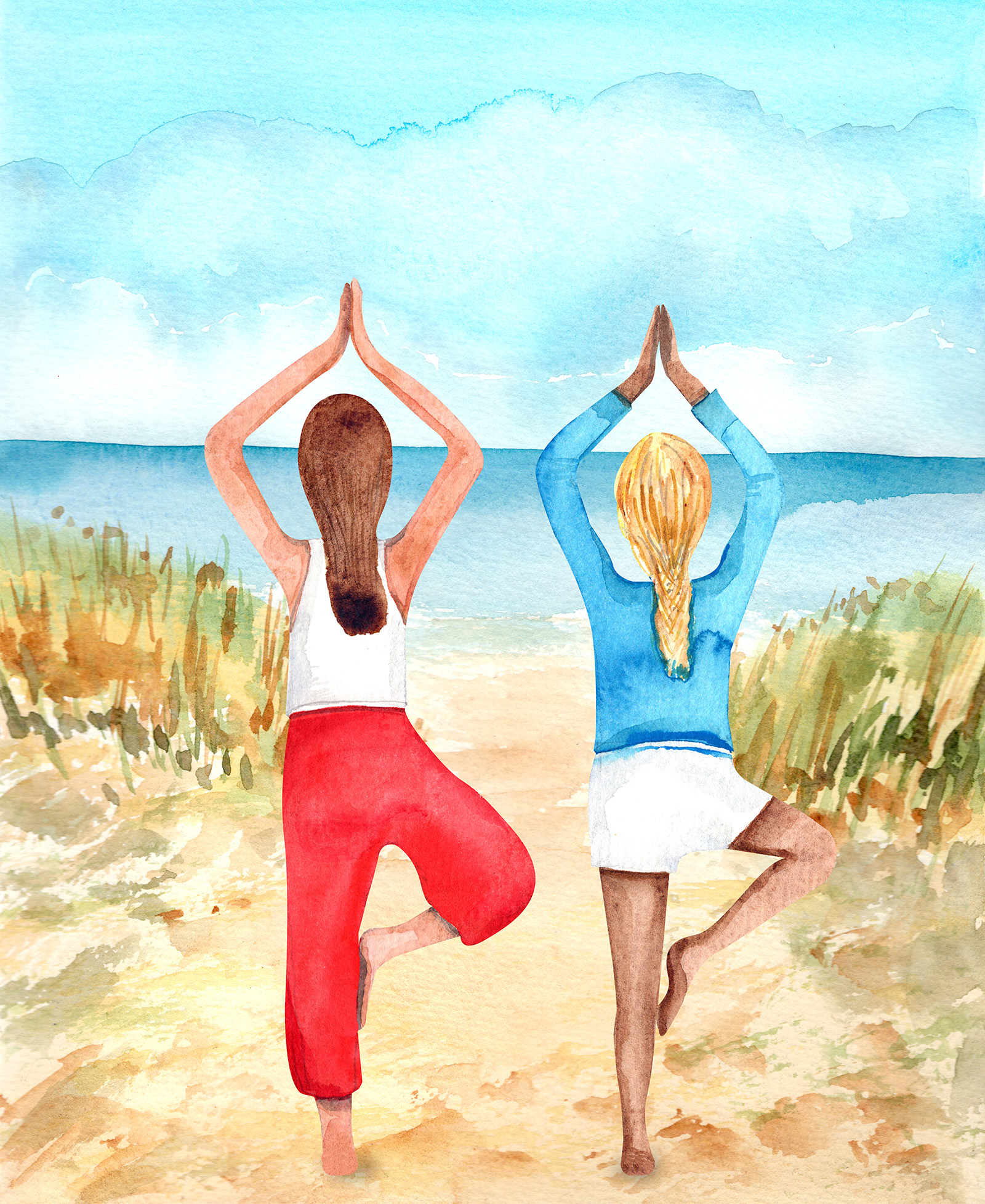Want to start doing yoga but don’t know where to begin?
Feel nervous or intimidated by the idea of going to yoga classes?
You are not alone.
And hence: The essential guide to yoga for beginners.
Yoga is one of those rare practises that’s accessible to everyone, regardless of your age and fitness levels.
And it’s not just an exercise (though you would be SERIOUSLY surprised at its cardio and muscle toning powers!) but an entire discipline that helps in so many aspects of our life.
The benefits of yoga range from boosting physical health and weight loss to emotional health and regulating the parasympathetic nervous system (and hence cutting down on your stress quotient).
After all, there has to be a reason every celebrity from Lady Gaga and Reese Witherspoon to Beyoncé and Victoria Beckham swear by their yoga practice and sun salutations!
However, the first time I stepped into a yoga studio as a beginner student, it was immediately apparent (much to my horror) that it’s quite different from simply strolling into a gym, water bottle and towel in hand.
That’s because the practice of yoga requires a certain amount of prep-work even before you step into the class.
Which is why I have put together this essential guide on how to start yoga for beginners, with tips from experts that will ensure you gets the best out of every session — starting from the first one you ever attend (whether virtual or IRL)!

Don’t eat right before class
Refrain from eating at least two hours prior and 30 minutes after your practice. A large meal will stay in your gut and make you feel queasy as you work yourself through the yoga session.
Dress correctly
One of the basic tenets in how to start yoga is the wardrobe. And it’s simple: Wear whatever feels comfortable, preferably in soft cotton and lycra-spandex blends.
That said, big baggy clothing does a disservice because you can’t see what’s going on with the body.
Fitted clothes, with the ankles showing, let the teachers see your true alignment and make it easier for them to help you with adjustments.
Also avoid pockets, zippers, buckles or buttons on the back or abdomen, which will dig in and make it difficult to hold a pose or interrupt your body’s flow.
Do not wear shoes
One of the main tips about yoga for beginners? Skip the footwear. You could opt for yoga socks that help prevent slipping, but practicing barefoot is highly encouraged.
Stay hydrated
Drink plenty of water before, during and after class. Better yet, drink plenty of warm water with fresh squeezed lemon juice, which not only hydrates but is also a terrific detoxifier!

Bring a hand towel and a mat
It’s your first class? Invest in your own hand towel, yoga mat and yoga block. Then keep them exclusively for your yoga journey (remember to wipe down after every class).
While you can rent or borrow them at most studios, it’s more hygienic to have your own. Your mat = your germs. Simple!
Bring a large towel
Sweat + yoga mats = slip and slide.
Draping a large towel over your mat will help you gain traction in poses like downward-facing dog or a forward bend.
Avoid sensory overload
Go easy on perfumes and don’t be loud or chatty.
The yoga space is intended to be a sanctuary where one may go to decompress from the day and as such it’s best to keep it in a neutral, relaxed state.
Be on time
The most important thing that a new yoga student tends to forget? You don’t want to miss the warm-up. This is not just a matter of respect towards your yoga instructor and the rest of your class but also of safety.

Practice common sense
Another tip from the how to start yoga for beginners handbook that you NEED to keep in mind is to know your limits and listen to your body.
Start slowly and learn the basics (like proper breathing) rather than simply seeing how far you can stretch or making it a competitive sport by jumping straight into the advanced poses.
If you have any medical conditions or injuries, talk to your doctor — poses can be modified once the yoga instructor knows your problem areas.
And always remember — pain is NOT good. Don’t push into it, don’t hold your breath. Just get out of the pose and discuss with your yoga teacher.
Accept your feelings
It’s normal (and healthy) to sometimes feel emotionally upset during or after a yoga session… releasing tension in the body releases emotions as well.
That’s what makes this ancient practice show significant improvements not just in our physical health but is also so great for our mental health and inner peace.
Experiment with different styles of yoga
Finally, don’t give up too quickly. There are many different types of yoga — like hatha yoga, ashtanga yoga, Iyengar yoga, vinyasa yoga, Bikram yoga, kundalini yoga, yin yoga and hot yoga just to name a few — not to mention different studios and instructors you might prefer if one doesn’t work out.
Amongst these array of options, you are sure to the right class that works best for your body type, physical ability, medical condition (if any) and general preferences.






Papa's Pizzeria says
Great advice to prep for yoga. Thanks for sharing it to us. I followed you for the next blog.